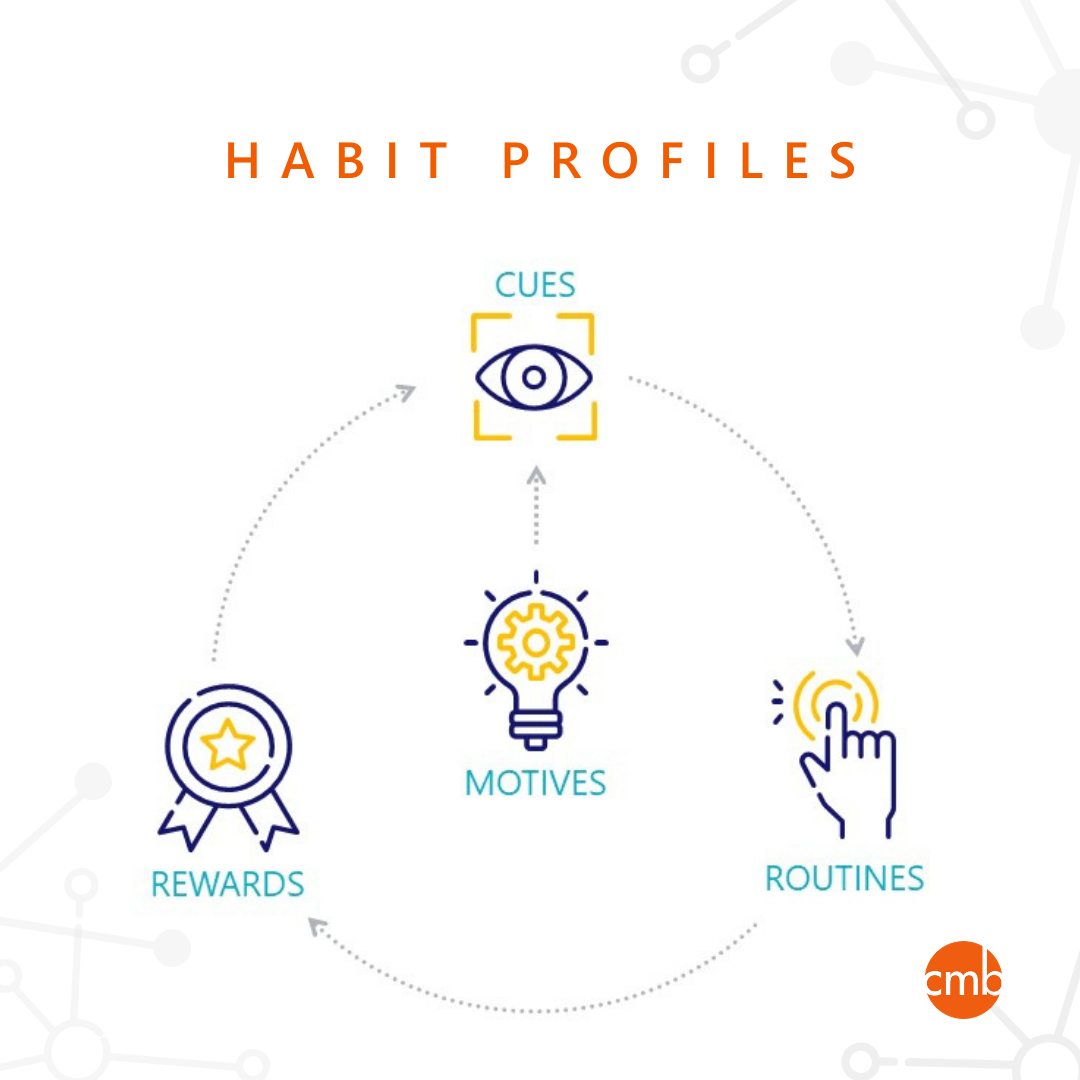How the Pandemic Has Transformed Wine Subscription Services
This is about a 4 min. read
Thanks to the pandemic, delivery and subscription services skyrocketed, and we know that this trend is likely to stick. In fact, some of our latest research on purchasing behavior shows that 56% of Millennials are likely to continue using curbside or delivery services. With many bars closed, we’ve had to find new ways of socializing with our friends and colleagues. This is where things like Zoom happy hours entered the chat (and subsequently Zoom-fatigue) along with an increase in wine subscriptions and delivery apps like Drizzly. By the end of March 2020, wine sales were up 66%, particularly amongst Millennials (myself included).
As mentioned, these habits are expected to “stick.” It’s been over a year now (again, sigh) and we’ve settled into a new pattern of normalcy. Friday nights after work, I now prepare my grocery order for Saturday morning to ensure it’s delivered by Sunday evening. This is a much different experience than the pre-pandemic after work drinks with my fellow CMBers, and certainly one I couldn’t have foreseen. Now that our habits have changed and are here to stay, brands will need to understand how they can become a part of consumer’s new routines.

Habits drive a broad range of consumption behaviors, such as my new Friday night grocery shopping routine. Cues, routines, rewards, and motives are necessary in order to create a habit. At CMB, we use our proprietary product Habit Loops to uncover the opportunities that trigger habits that support your brand, disrupt habits that don’t, and entrench your brand as part of consumers’ deeply ingrained routines. Understanding this type of consumer behavior is critical. My behaviors and routines have vastly changed since the start of the pandemic. If you’re like me, before the pandemic, I didn’t see the value in any kind of delivery platforms. Why would I spend more money on something I can do myself? But the pandemic changed a lot. I’ve come to realize I don’t actually want to go to the grocery and/or liquor store. I’d much rather spend my free time riding my Peloton. And the convenience provides me with a lot of rewards. When it comes to wine subscriptions, I barely have to blink an eye for suggestions to pop up on my screen. No more dreading the trip to the liquor store down the street to blanky stare at bottles and bottles of wine to end up making a random choice that I don’t feel confident about at all. Not only do subscription services help us overcome decision paralysis, they also motivate us to use their services in other ways – we don’t have to carry our heavy bottles of wine home, and more important now than before, we don’t have to worry about the sanitary concerns of going to a liquor store.
Wine subscription services also gently nudge us into trying something new. By using these kind of delivery and subscription services, wine consumers have a lot of power to choose niche preferences, such as vegan or naked wines, or those specifically sourced from South Africa, a wine region most Americans haven’t been exposed to. Millennials, in particular, are more aware of the socioeconomic impact our purchases have; subscription services allow us to easily branch out and try wines from small, local, BIPOC or women-owned wineries, vineyards and/or brands. With more than 800 different wine subscription services to choose from, the options feel endless and personalized. Most of these subscription services “get to know you” by asking you to answer a few questions to learn about your preferences. If there’s anything else I love as much as wine, it’s quizzes. Maybe I’m biased as a market researcher, but Millennials LOVE a quiz to tell us exactly “who” we are – we grew up taking these in magazines, then on Buzzfeed, and now to determine which wine is best for us. Through these quizzes, wine subscription brands have successfully learned about their consumers, determine the right mix of products to present them, and integrate themselves into routines of their subscribers.
Brands, in general, need to make it easy for consumers to overcome the large quantity of options they have. The increase in wine subscription and delivery services amid the pandemic is just an example of that. The ways in which we have consumed products has changed in unimaginable ways, and brands will need to continue to adjust to that and create new ways for us to engage with their content. In this case, try offering virtual wine tastings that your audience can do with their friends to help them to connect with their loved ones (arguably the most powerful reward ever!). Our pandemic-driven habits aren’t going anywhere (at least for a little while), so we might as well sit back, enroll in a wine subscription, and get back to that Zoom happy hour with your friends who live across the country.